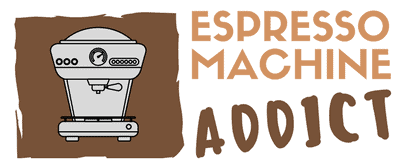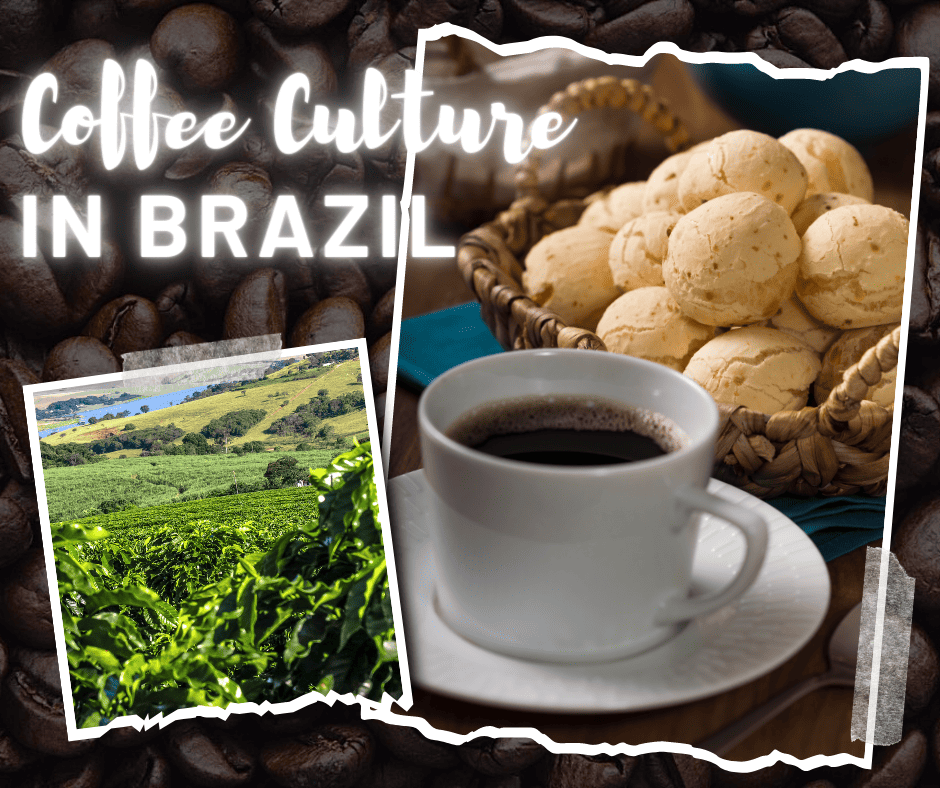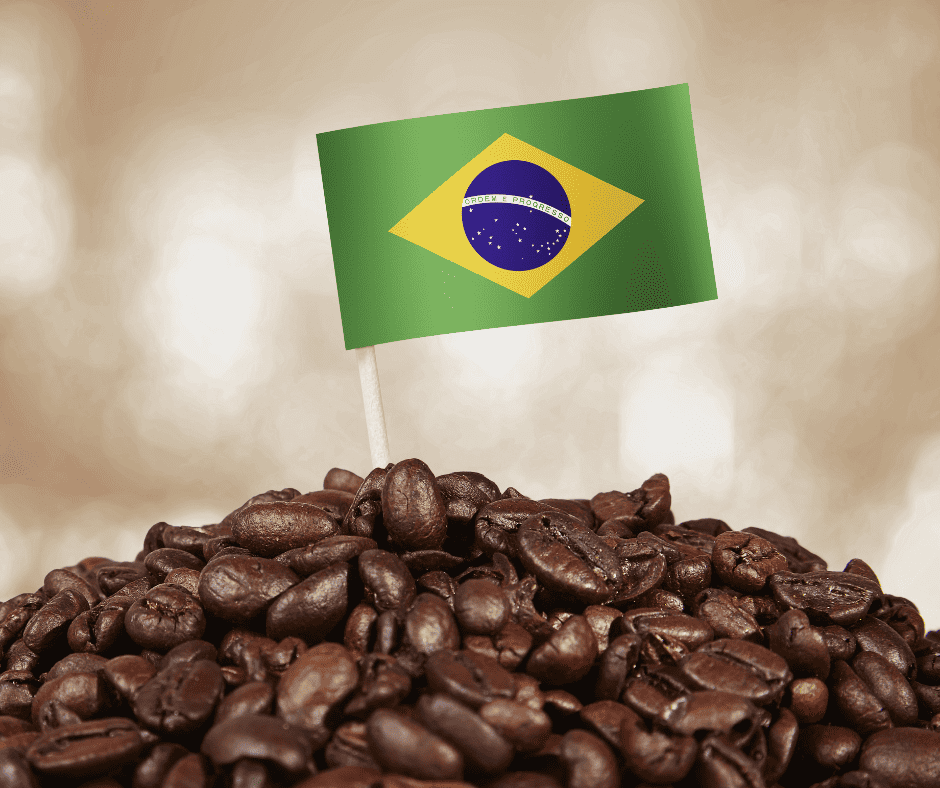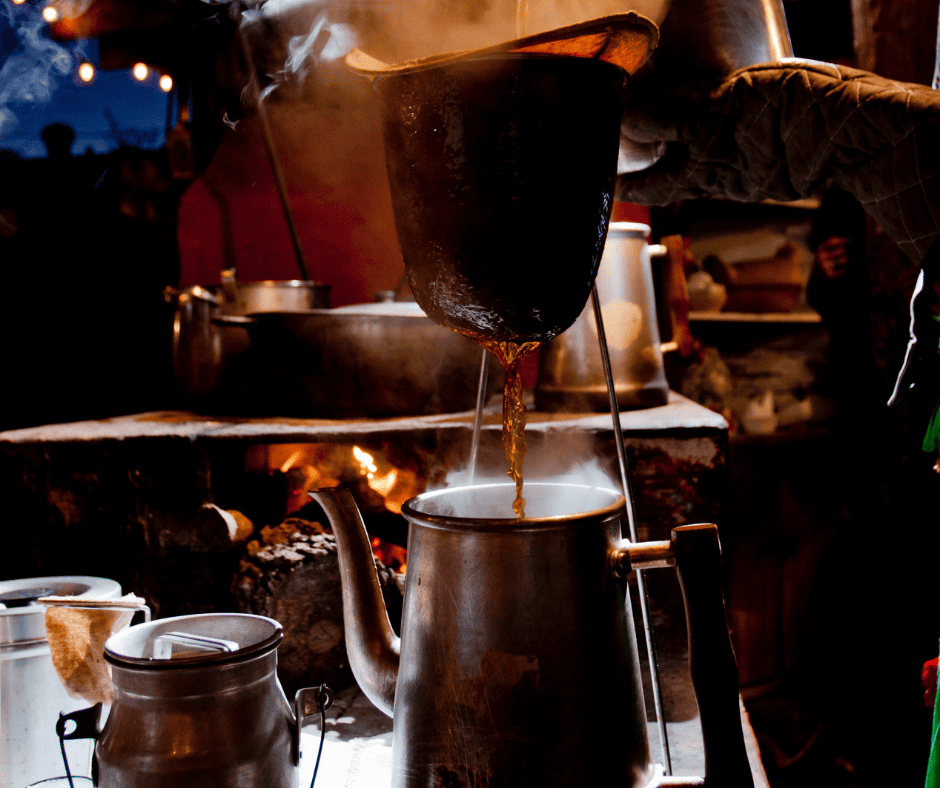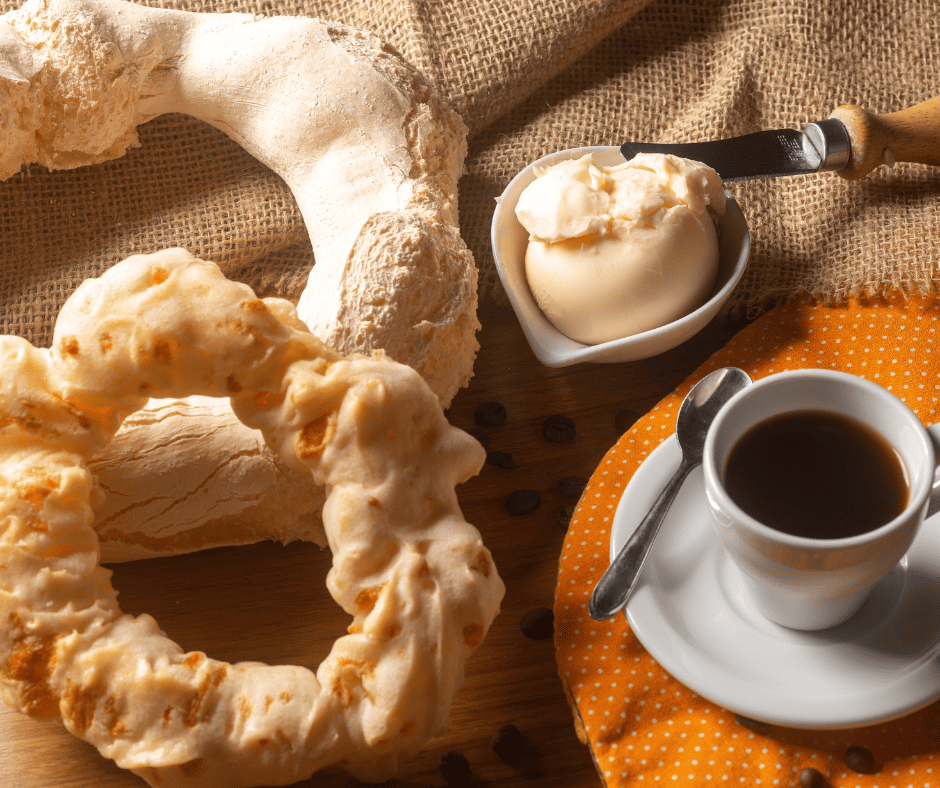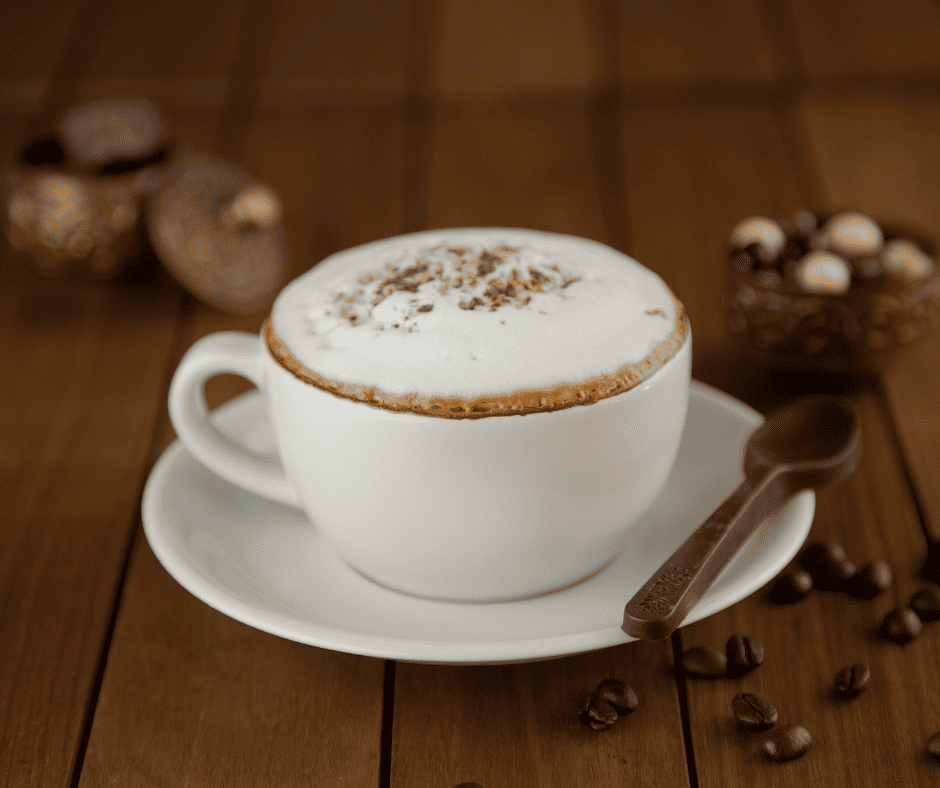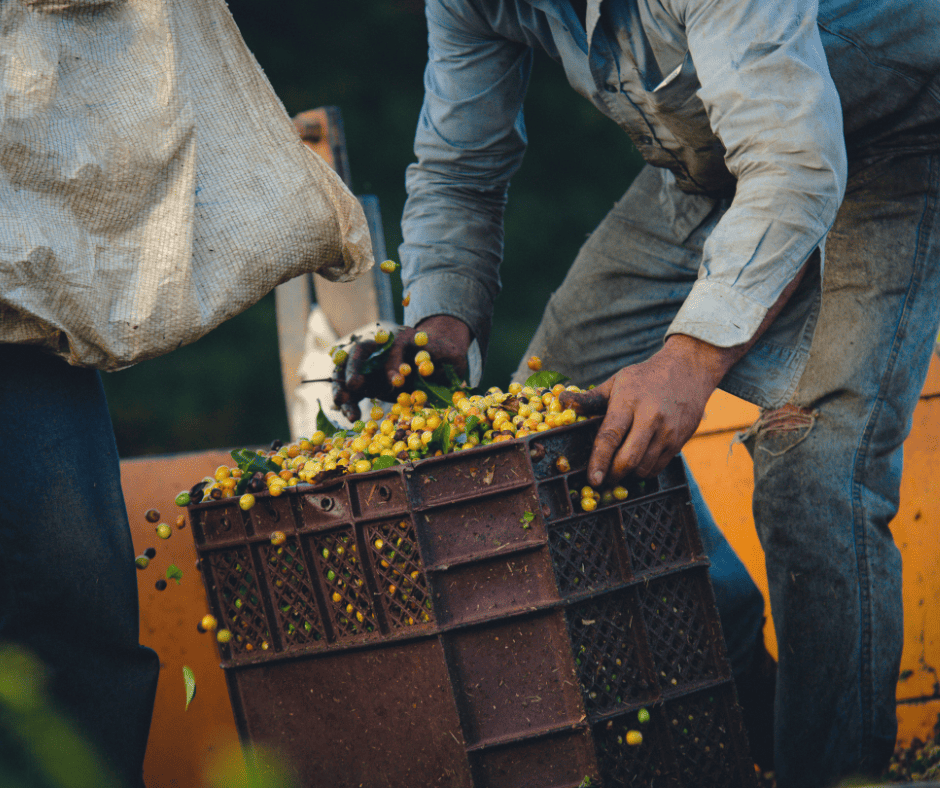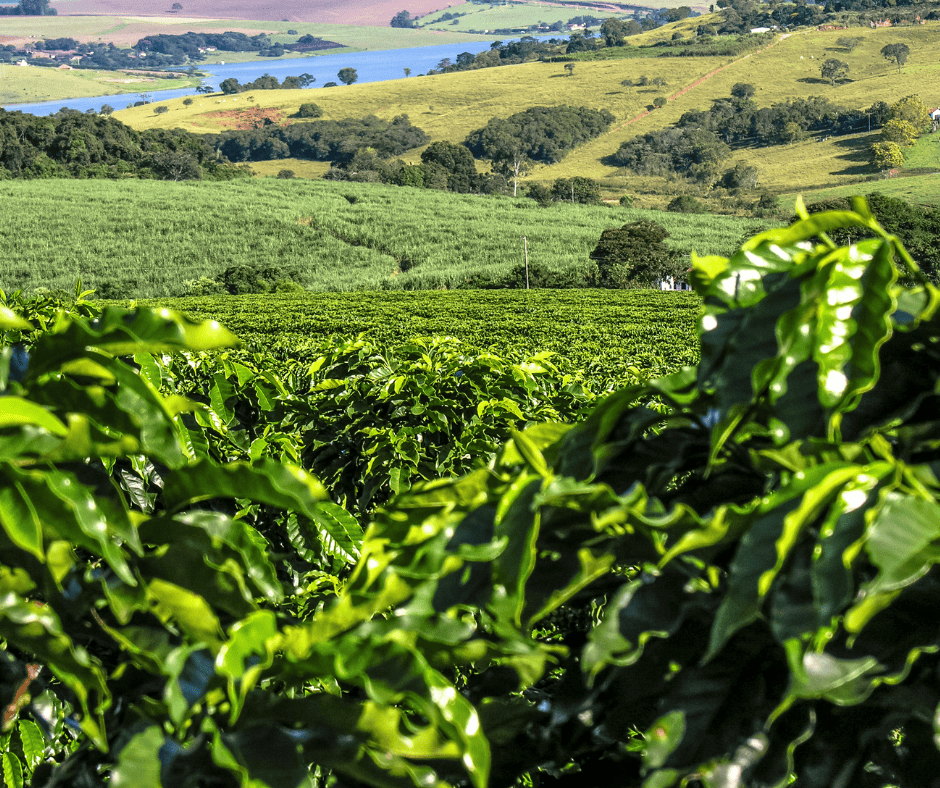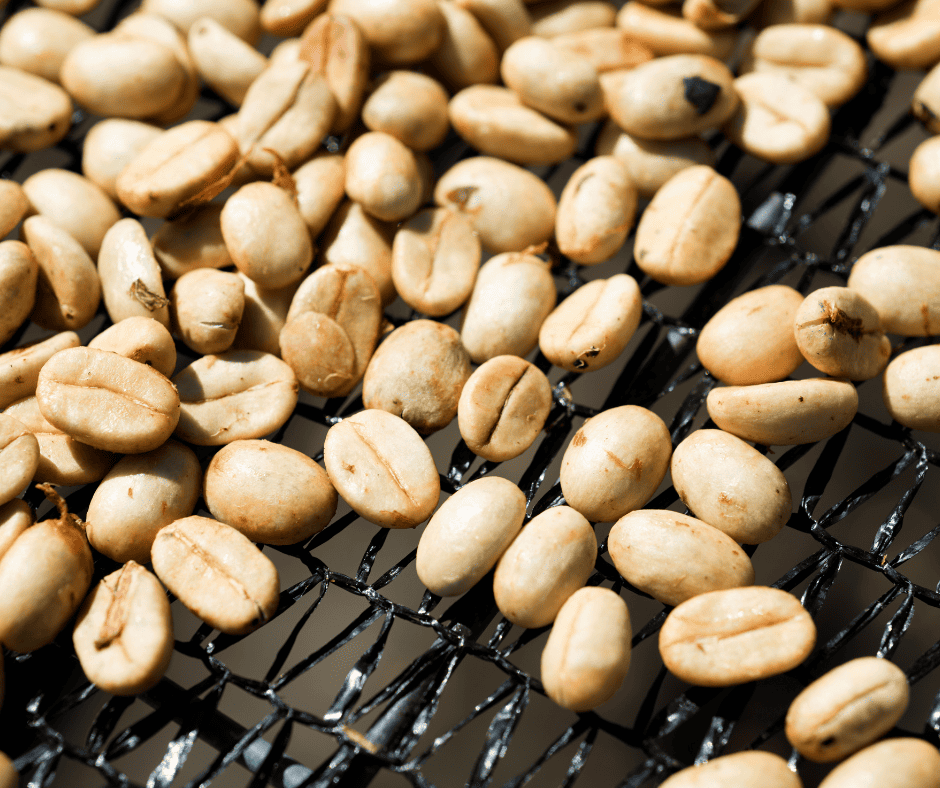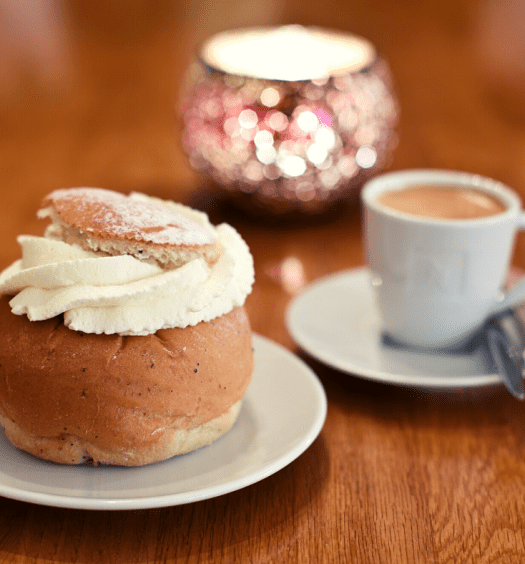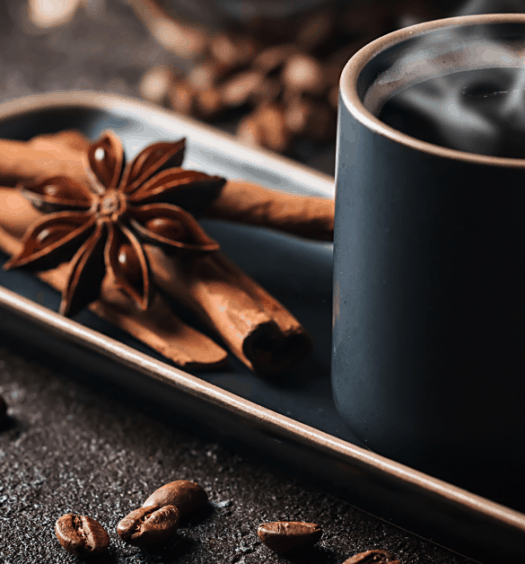As the world’s largest coffee producer, it should be no surprise that coffee plays a big role in Brazilian culture. Coffee is both historically and culturally significant, first arriving in the country in the early 18th century and rapidly becoming the nation’s leading export. Brazil became the largest exporter on the planet back in 1840, and it’s held that title since.
Plus, Brazil takes coffee production seriously. The Brazilian Coffee Industry Association was launched in 1973 to ensure quality, purity, and sustainability. The organization also ensures that the coffee growers in the country have access to critical guidance and resources, making it easier for them to succeed.
But that doesn’t mean coffee in Brazil is all about business and industry; it’s also a favorite drink of many locals. If you’d like to find out about the history of coffee in Brazil, some Brazilian coffee facts, and more, here’s what you need to know.
Coffee Culture in Brazil
In Brazil, the coffee produced locally is a major point of pride. Along with being exceptionally high-quality – featuring mainly Arabica beans – the industry plays a big economic role. It employs millions of people, so Brazilians value not just coffee but the sector as a whole.
While Brazilians are adventurous regarding food and many drinks, the local coffee culture is a bit purist. They appreciate what well-grown beans can do on their own, so they classically drink their coffee black or with sugar and a bit of milk. That allows them to enjoy the nutty, chocolatey flavor without interference.
Coffee is also a social drink in Brazil. It’s not uncommon for people to sit down for a lively chat while having some coffee, so feel free to engage with your nearest and dearest or get to know a local while you enjoy your tasty beverage.
Popular Coffee Drinks in Brazil
If you’re looking for a traditional coffee drink in Brazil, you’ll want cafezinho. It’s a small cup of filtered coffee served piping hot, and it usually has some sugar to offset any bitterness. While it may sound like a sweetened espresso, it’s not the same thing.
Cafezinho is by far the most widely ordered coffee drink in Brazil. However, that doesn’t mean you won’t find other options. Many locals enjoy black, filtered coffee or may add a splash of milk and a little sugar to a classic filtered cup of joe. One popular option is a café com leite, similar to a café au lait.
How to Make Traditional Brazilian Coffee
Many people want to enjoy Brazilian coffee at home. Fortunately, it’s not particularly difficult to replicate the experience. One key is finding single-origin Brazilian coffee beans or grounds, preferably a medium or medium-dark roast. Brazilians prefer rich, robust coffee, so something lighter or from another country may not match the genuine experience.
After that, you simply need to know which Brazilian coffee drink you want to replicate. For most people, that means recreating a classic cafezinho.
The process is simple if you’re trying to figure out how to make a traditional cafezinho. A cafezinho recipe features just three main ingredients: fine-ground coffee, hot water, and sugar.
In Brazil, they typically use rapadura, an unrefined brown sugar with quite a bit of molasses. You can find it online, allowing you to replicate the authentic experience. However, if you can’t get genuine rapadura, another brown sugar like demera could offer something similar, so keep that in mind.
Generally, you’ll want four cups of hot water, 1/3 cup of Brazilian ground coffee, and a few teaspoons of granulated sugar. Use a pour-offer coffee maker, put in a filter, put the sugar in the filter, and add the coffee grounds. Pour the water over the finely ground coffee, ensuring full saturation. Then, wait for it to brew. Once it’s ready, pour some in a small cup and enjoy!
Adding milk is an option when making cafezinho, though it’s usually heated before it’s added. You can steam or scald it, depending on your personal preference.
Otherwise, if you want to enjoy Brazilian coffee without making cafezinho, eliminate the sugar from the recipe above. Most Brazilians prefer classic filtered coffee, so going with a pour-over preparation can let you do the same at home. Then, you can add milk or sugar or enjoy it black.
How to Order Coffee in Brazil
If you want to order coffee the traditional Brazilian way, you’re in luck. The process is pretty much what you’d expect at a café, bakery, or other coffee-serving establishment. The biggest thing to remember is that Portuguese is the official language in Brazil, so the names of the options are usually in Portuguese.
For the classic Brazilian coffee experience, ask for a cafezinho. For a drink similar to café au lait, ask for a café com leite. Café con Chantilly will get you an espresso shot with some whipped cream on top, while a café pingado is primarily hot milk with just a dash of filtered coffee added into the mix.
When you want to order a coffee drink like a latte, go with a café media. That option is espresso and steamed milk, so it’s the best bet for a match.
For people who like chocolate, a cappuccino is potentially your best bet. While cappuccinos don’t traditionally contain chocolate in other parts of the world, they usually do in Brazil. Still, it’s not a bad idea to ask for a cappuccino sem chocolate when ordering to ensure you get that mocha-like experience.
Finally, if you’re looking for a decaf option, make sure to order your coffee descafeinado. Just be aware that ordering decaf isn’t common in Brazil, so there’s a chance it isn’t available in some smaller cafés.
Coffee Ordering Mistakes in Brazil
In most cases, the biggest mistake a person can make when ordering coffee in Brazil is sticking with flavored coffee drinks you see at many chain cafés across the world. While you can get a flavored latte or macchiato, particularly at cafés in large cities catering to tourists, it means missing out on the traditional experience. Plus, ordering one potentially identifies you as a non-local, which isn’t always ideal.
Another potential misstep is looking for a Brazilian iced coffee. That doesn’t mean it’s impossible to find; it’s just not how Brazilians typically drink their coffee. As a result, it may lead to some funny looks if you ask for iced Brazilian coffee, especially outside of large chain cafés.
Brazil Coffee Industry
The Brazilian coffee industry is a well-oiled machine, allowing it to produce large quantities of coffee efficiently while maintaining quality. While handpicking the coffee cherries was once the norm, many coffee plantations have shifted to mechanical methods to speed up the process. However, many use sophisticated machinery that can leave unripe coffee cherries in place and only remove the ripe ones, ensuring the quality remains high.
When preparing beans for export, quality also remains a top priority. Often, the highest-quality yields don’t stay in Brazil. Instead, they’re packaged up and sent all around the world. Still, even the lower-quality beans that remain in the area are excellent, so keep that in mind if you’re looking for some coffee while visiting Brazil.
Where Is Coffee Grown in Brazil?
Brazil coffee farms are common in nearly every part of the country. However, six Brazilian coffee regions have the most acreage dedicated to growing coffee and preparing Brazilian green coffee beans for roasting.
The largest coffee-growing region in Brazil is Minas Gerais. Saying that coffee plantations there are numerous is an understatement, as this one region is responsible for about half of the nation’s coffee bean production.
While the other five major growing regions are smaller, they still contribute to the industry in a significant way. Those areas include Espírito Santo, São Paulo, Bahia, Rondônia, and Paraná.
Every coffee region in Brazil produces beans with different flavor profiles. Minas Gerais coffee beans are usually slightly fruity or citrusy, have a medium-to-full body, and include notes of chocolate, nuts, and caramel. In contrast, beans from São Paulo or Bahia are usually well-balanced and slightly sweet with low acidity.
Best Coffee from Brazil
Brazilian coffee beans are a major export for the country, so many coffee roasters and producers can easily get the real thing. As a result, some of the best coffee from Brazil can come from a brand based in another nation.
The Pilao Coffee Traditional Roast offers a classic taste of dark-roasted Brazilian coffee with a traditional flavor profile. This renowned coffee has maintained its popularity as a cherished Brazilian tradition for over two centuries, starting in 1753.

Peet’s Coffee Single-Origin Brazil is a solid choice to explore Brazilian coffee. It’s a low-acidity option that’s full-bodied and smooth, featuring only Arabica beans. There’s also a slight sweetness and notes of fruit and hazelnut.

Fresh Roasted Coffee’s Dark Brazil Cerrado is a medium-dark option that’s very bold and rich. You’ll get notes of walnut, fruit, and chocolate.
Travel with us as we explore coffee culture in Cuba and Turkey.
